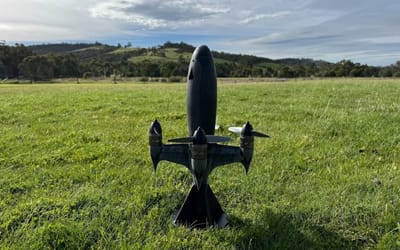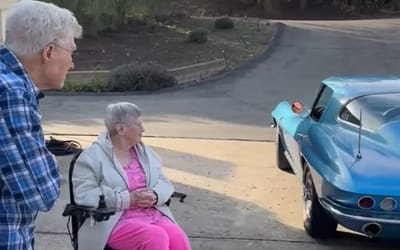Scientist explains the surprisingly low speed at which cars can drive upside down
- It’s always impressive to see a car go upside down
- But many have wondered how fast they need to go to stay on the track
- This astrophysicist has the answer and it might surprise you
Published on Apr 15, 2025 at 3:16 PM (UTC+4)
by Ben Thompson
Last updated on Apr 15, 2025 at 8:54 PM (UTC+4)
Edited by
Kate Bain
This scientist has revealed the surprisingly low speed at which cars are able to drive upside down.
We’ve all wondered how a car stays on the track when driving through a loop.
Naturally, we’d assume that a car would have to go pretty fast to achieve this stunt.
But an astrophysicist has now explained how fast a car would need to go to pull this off – and the low speed may surprise you.
EXPLORE SBX CARS – Supercar auctions starting soon powered by Supercar Blondie
Cars meet physics – how fast do they have to go to drive upside down?
When we think of cars, science isn’t usually the first thing that comes to mind.
But really, science goes into everything to do with cars, and not just in science fiction movies.
At the highest levels of competitive driving, physics has been used to win races.

Even on more mundane aspects – like parallel parking – science plays a role.
And that brings us to the scenario presented by this scientist.
We’ve all seen those videos of cars racing through a loop like a real-life Hot Wheels car.
It raises the question – how do those cars stay on the track even when they’re upside down?
Dr Kirsten Banks had the answer and she explained it on her TikTok channel.

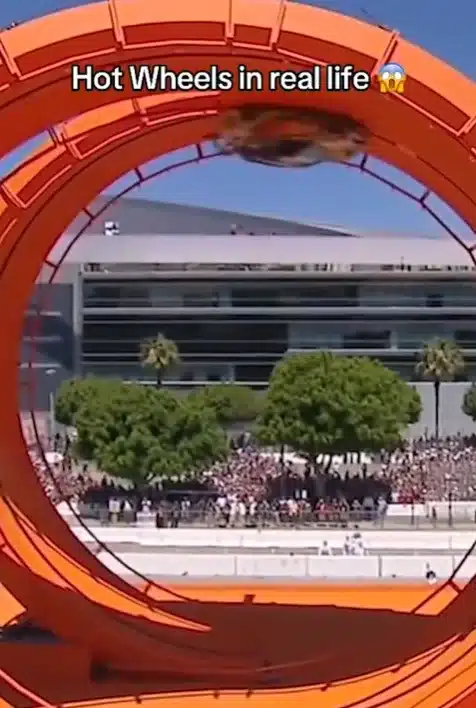
“You’d think the cars would have to go pretty fast to pull off that loop, right?” she said.
“Well, what if I told you that the actual speed that they have to go at minimum is probably lower than you’d expect?”
The minimum speed is actually shockingly low.
A scientist reveals the minimum speed
First, a little bit of physics.
“Now the main thing working against these cars is gravity,” Dr Banks explained.
“It’s constantly pulling them down.
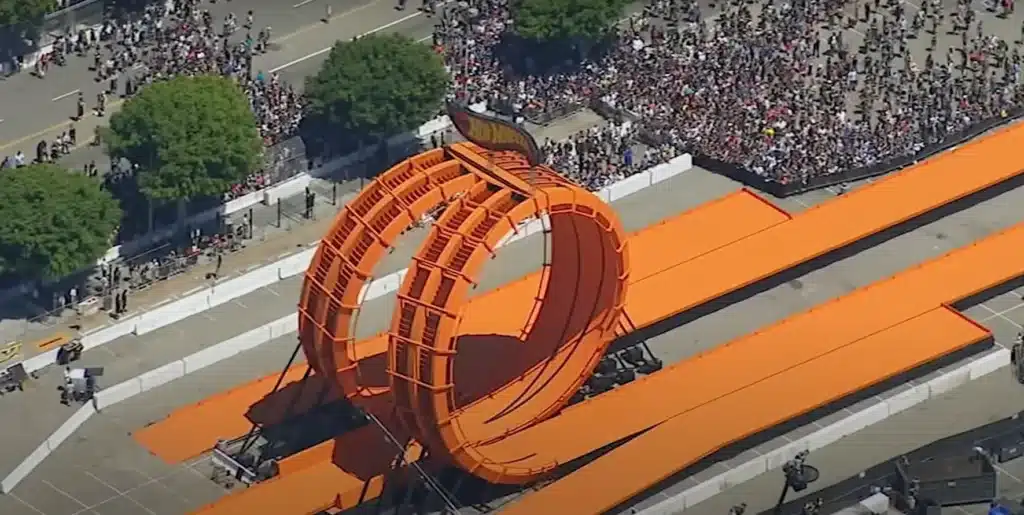
“But because they’re moving in a loop in a circle, they’re also experiencing something called centripetal force, which keeps them pressed against the track.
“For the driver, it actually feels like they’re being pushed into their seats the whole time, even when they’re upside down.
“And that’s because of a force called the centrifugal force.
“To avoid falling, the [centripetal force] pushing the car into the track has to be at least equal to gravity pulling it down.”
In the equation presented by Dr Banks, the mass is ‘cancelled out’.
This means that the weight of the car doesn’t matter, just the radius of the loop and gravity.
The loops in the video she was reacting to were 66ft tall, with a radius of 33ft.
This meant that the car only needed to do 9.8m/s to stay on the track, or 35km/h [22mph].
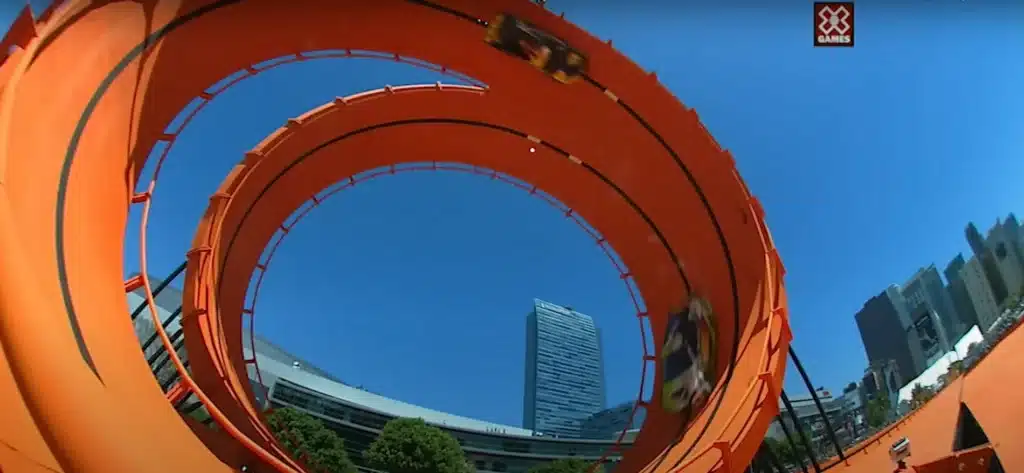
That’s right – there are cars in school zones which could be going faster than a car going through a loop.
However, this is the very minimum.
Most cars attempting this stunt would obviously go a lot faster.
And let’s face it, people attending these shows don’t want to see cars going at a minimum speed.
You can watch her explanation below.
DISCOVER SBX CARS: The global premium car auction platform powered by Supercar Blondie


